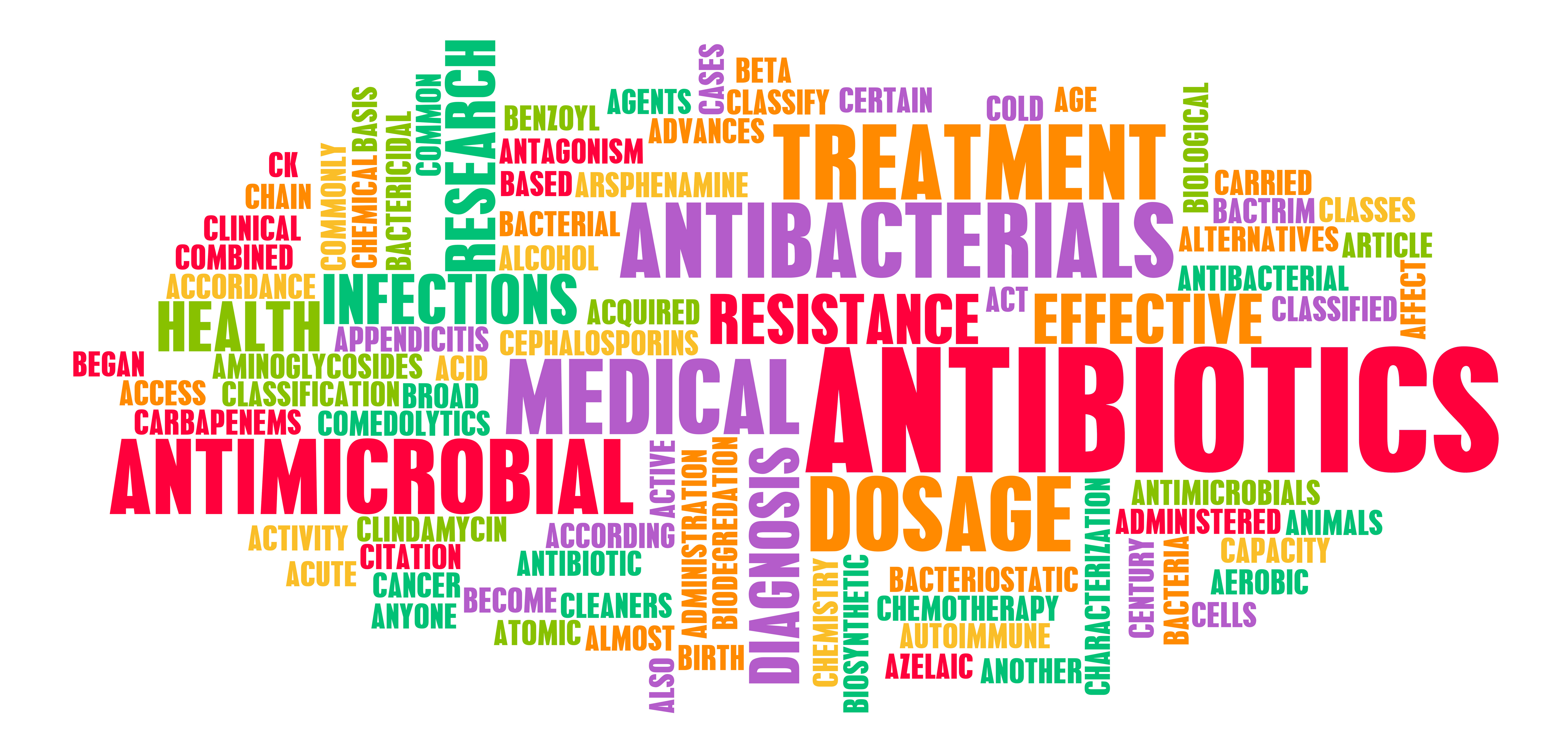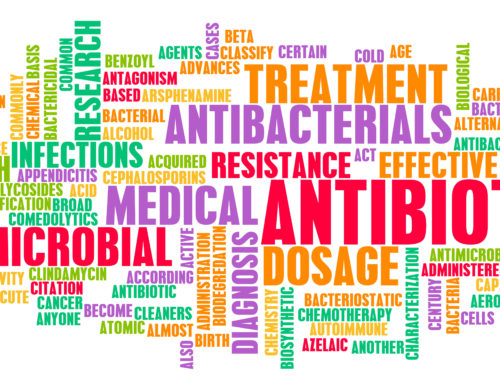Tackling antibiotic resistance on only one front is a waste of time because resistant genes are freely crossing environmental, agricultural and clinical boundaries, new research involving the University of Strathclyde has shown.
Analysis of historic soil archives dating back to 1923 has revealed a clear parallel between the appearance of antibiotic resistance in medicine and similar antibiotic-resistant genes detected over time in agricultural soils treated with animal manure.
Collected in Denmark, where antibiotics were banned in agriculture from the 1990s for non-therapeutic use, the soil archives provide an ‘antibiotic resistance timeline’ that reflects resistant genes found in the environment and the evolution of the same types of antibiotic resistance in medicine.
Led by Newcastle University, UK, the study also showed that the repeated use of animal manure and antibiotic substitutes can increase the capacity of soil bacteria to mobilise, or ready themselves, and acquire resistance genes to new antibiotics.
The authors of the study, published in the journal Scientific Reports, said the data highlights the importance of reducing antibiotic use across all sectors if global antibiotic resistance is to be reduced.
Dr Charles Knapp, a Senior Lecturer in Strathclyde’s Department of Civil & Environmental Engineering, was a partner in the research.
He said, ‘Antibiotic resistance is a major global concern which threatens to decrease the effectiveness of antibiotics to treat infections and illness. Resistant infections also lead to treatment costs and lost productivity.
‘The origins of antibiotic resistance remain unclear; hospitals and agriculture are often blamed but there may be less apparent factors. Using archived soils and DNA analysis, we were able to get a picture of what the bacteria communities were like in the environment over the past 90 years.
‘From this information, we found that antimicrobial resistance has been increasing in nature since the industrial production of antibiotics and that clinical infections occur about the same time that resistance genes become apparent in nature — this does not suggest that one causes the other but their appearance makes almost a universal impact. We also concluded that policy and appropriate preventative measures could become effective to reduce the threat of antibiotic resistance—if appropriately followed.
‘At Strathclyde, we routinely develop and use genetic assays for the detection of antibiotic and antimicrobial resistant bacteria and their genes. We are looking to understand the origins of resistance traits and to minimise strategically their impact on society and the economy.’






